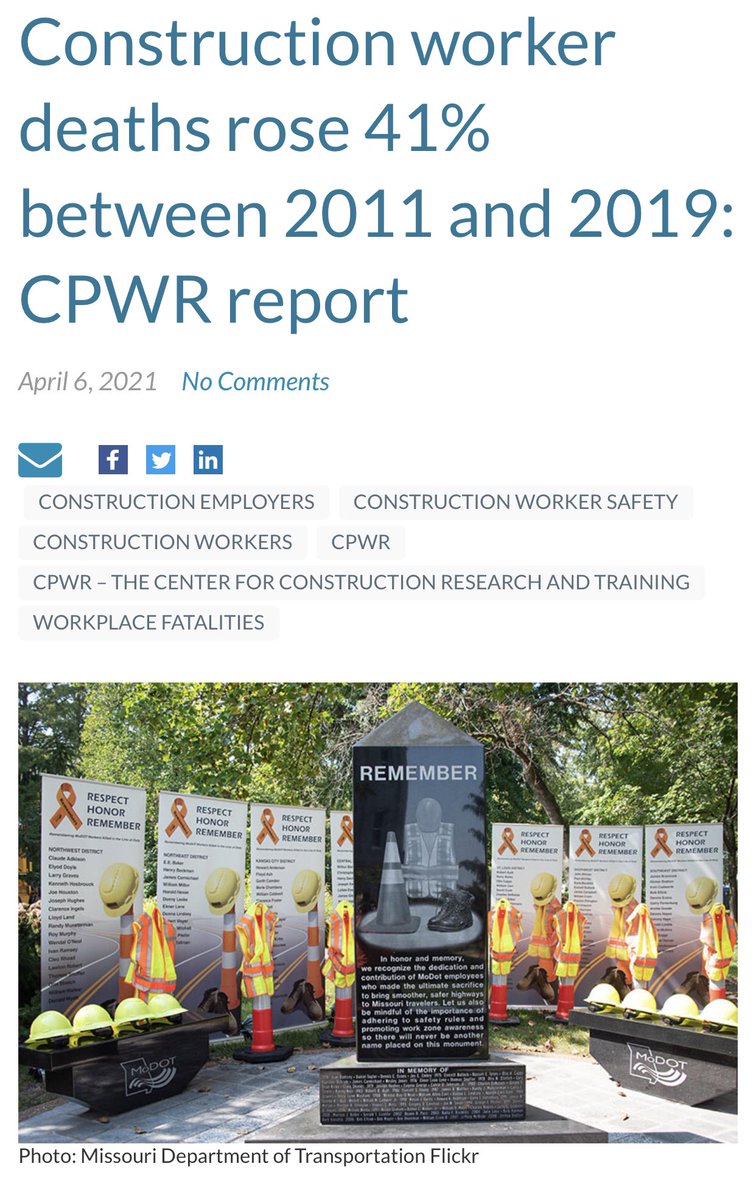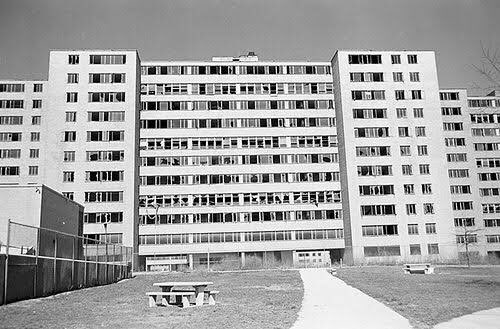The most insidious aspect of modern architecture is how it pretends to be considerate of the common good: a friend of the people. "Modern buildings are so much safer to construct. You wouldn't understand!", "Modern buildings are so much more economical. You wouldn't understand!" 



But the worst is also the boldest lie: "Modern buildings are so much more beautiful. YOU WOULDN'T UNDERSTAND." 



"Modern construction and modern ideals are the only way to house the poor: it is called progress. YOU WOULDN'T UNDERSTAND." 



"Modern urbanism where everyone commutes into a dense central business district is the most efficient way to organize our lives. YOU WOULDN'T UNDERSTAND."
remoteyear.com/blog/commute-n…

remoteyear.com/blog/commute-n…


"Modern construction is getting more automated. It is better for people, even if unemployment means millions of people in this country are sitting idle and hundreds of millions can't afford a home without going into lifelong debt. YOU WOULDN'T UNDERSTAND." indeed.com/career-advice/… 



• • •
Missing some Tweet in this thread? You can try to
force a refresh




































